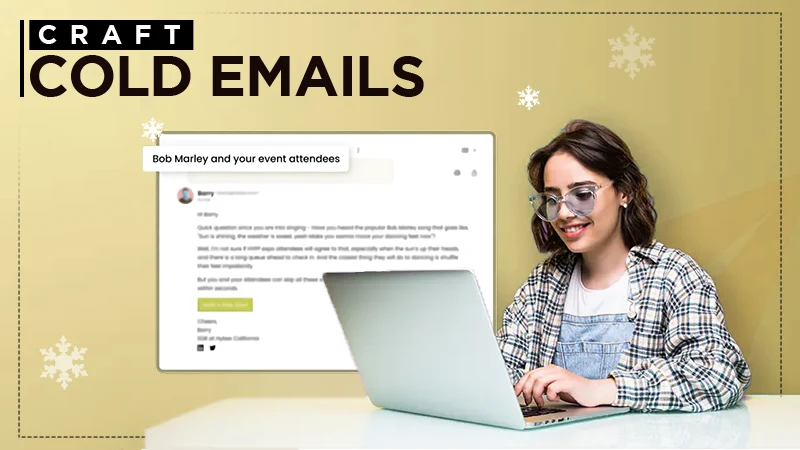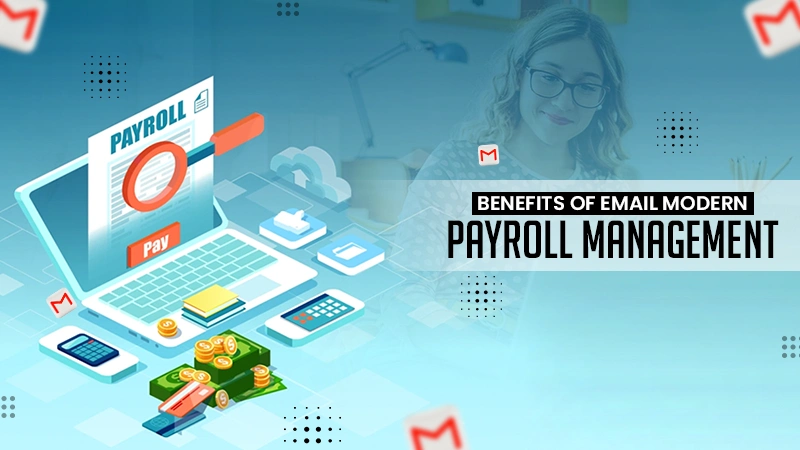How to Get Started with Email Automation
Email automation is truly a panacea for marketers as it helps target a lot of pain points while providing them with a broad range of functionalities that help take their email strategy to the next level. In today’s time, it is necessary to automate your email marketing efforts as the volume of both marketing and transactional emails to be sent is increasing rapidly. Subscribers, too, expect brands to cater a personalized experience right inside their mailboxes with a much higher frequency. In this article, we will go through the basics of email marketing automation and how you can get started with it with the help of a quick blueprint. Remember, email automation becomes complicated with time, but it’s necessary, to begin with, the right basics. So let’s get started:
What is Email Automation
In simple words, email automation refers to the use of triggered workflows that utilize user data and “events” to send targeted messages. It also adds to the existing user database, their affinities, and their willingness to explore particular types of in-mail content. This is done using email automation tools, and it helps save you a lot of time and resources while improving the quality of messages you send. It’s subscriber-centric and takes their position in your lead funnel as well as their customer journey into account for sending tailored messages to meet their reader intent.
Why is Email Automation So Important
Here are a few basic reasons why email automation is important:
#1 It Nurtures Leads
Emails help nurture leads by responding to inquiries with relevant information and resources. If your emails are relevant and engaging, the contact will learn further about your company and be much more receptive when approached later on by your sales team.
#2 Assist Your Sales Team
Because email workloads are designed to nurture prospective customers, it’s also a massive victory for your sales team. They will be able to see which emails and content the lead has interacted with, increasing the likelihood that they will be interested in what your company has to offer and will also help optimize your marketing content.
#3 Raises Brand Awareness
The results are more consistent and professional-looking when automation does the heavy lifting. In a nutshell, email automation makes businesses appear more organized and responsive.
Steps to Get Started with Email Automation
Here’s a simple blueprint that I developed when working on campaigns with the GetResponse email tool, which will help you kickstart your email automation journey:
#1 Gather Lead Information
Add lead forms on your website, landing pages, to collect necessary information from your prospects.
#2 Determine a Goal
You’ll need to consider what action you want to drive from automated emails, just as you would with any campaign. You are looking for high open and click-through rates, but do you want them to sign up for a product demo? Do you want conversions or a certain number of purchases?
#3 Fix Qualifying Criteria
You’ll need to score leads to move them through the funnel and your drip campaign. Although you can create your own scale, your marketing automation system may already have suggestions. Here are some general guidelines: You can qualify or disqualify leads based on location, budget, company, job title, past purchase history, spending capacity, and other factors that might be suitable for your campaign.
#4 Generate Funnel Content
Begin with what you already have. What generates the most clicks and opens? What exactly is a big converter? Does your sales team have any favorite blog posts, case studies, or product one-pagers that really pique the interest of prospects? Get them queued for your marketing funnel to keep your subscribers engaged.
#5 Test Again and Again
You’ll need to test everything, just like with any new marketing campaign or channel, before you find your sweet spot.
Here are some beneficial testing tips:
Experiment with a lot of copies: and different kinds of copy. Rather than three possibilities on “buy now!” try different versions that encourage possible stances or look at the value proposition from different angles.
Design: A/B test email configurations to see if longer-form emails perform better than plain-text vs. HTML, CTAs above the fold, or basic navigation at the top of your emails perform better.
Time period: experiment with different times of day, days of the week, and so on to find the best time for engagement.
Subject and preheader text: similar to the copy tip above, write variations for each subject line to see which gets the most open.
Scoring: While you may already be aware that requesting a demo is a qualifying action, a case study may not be. Or, contrary to popular belief, a whitepaper is more of a branding effort than you might think. Be adaptable and consult with your sales team to determine the best way to store your leads.
#6 Keep Track of Touchpoints
It’s likely that email isn’t the only way you’re communicating with these prospects. Keep in mind that your automated email campaign does not exist in a vacuum. You may want to target subscribers using inputs available from other platforms and vice versa.
#7 Analyze and Improve
Set reasonable expectations and email success metrics after the campaign goes live. As you go, make adjustments to your email strategy using analytics. Track your performance consistently and try to improvise on a real-time basis.
Summing Up
It is noteworthy that you can use the above tips to send a variety of emails, be it newsletters, cross-selling, upselling, down selling, transactional, client servicing, win-back email series, and more. A lot depends on your automation workflows, so keep them in check and tweak them as required.
Share














